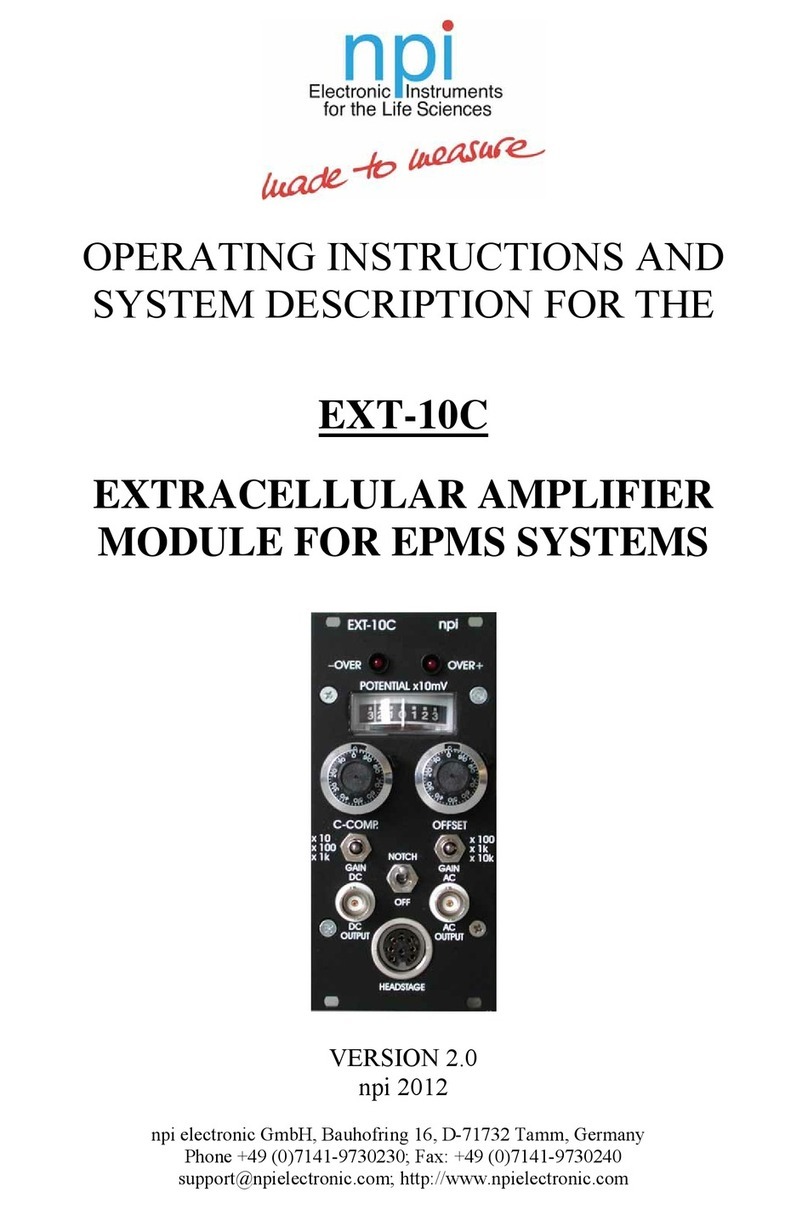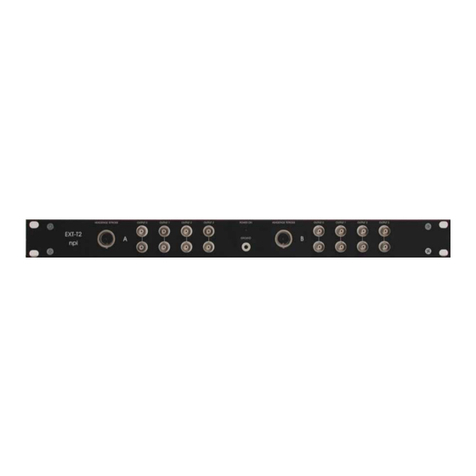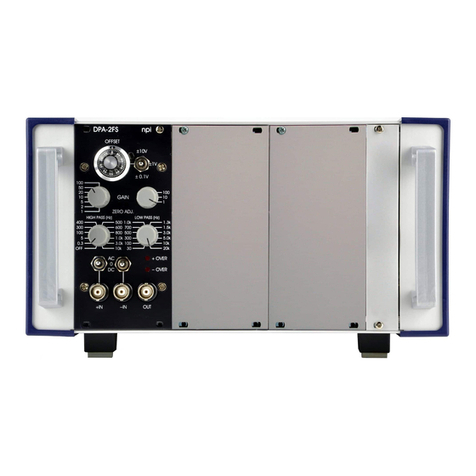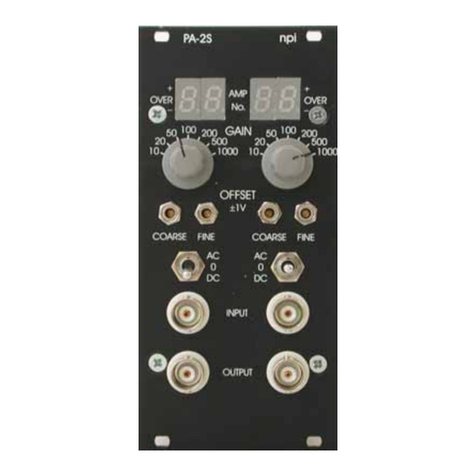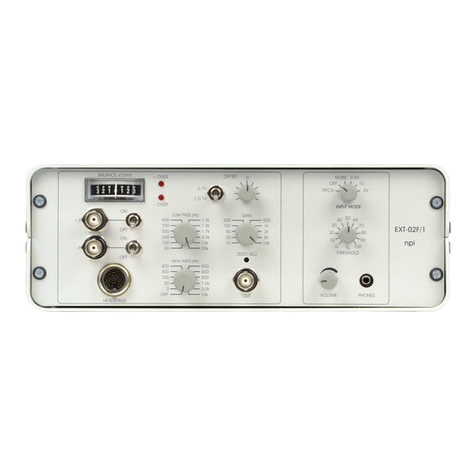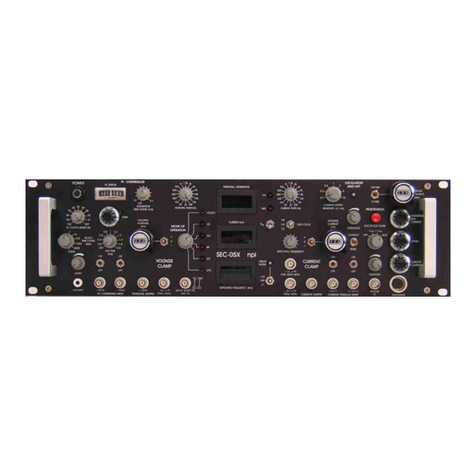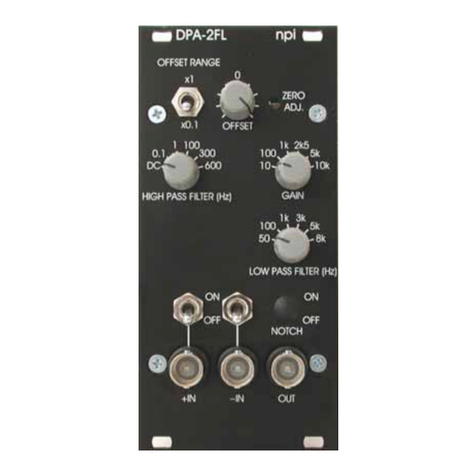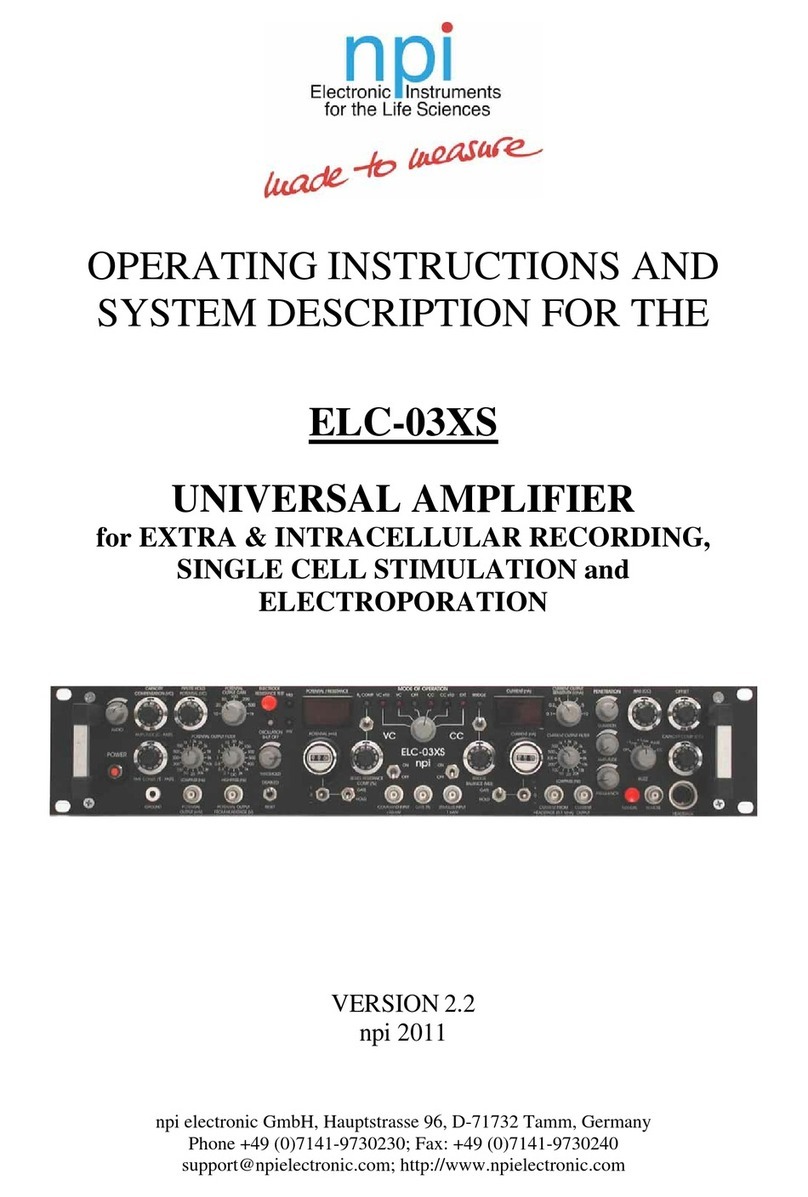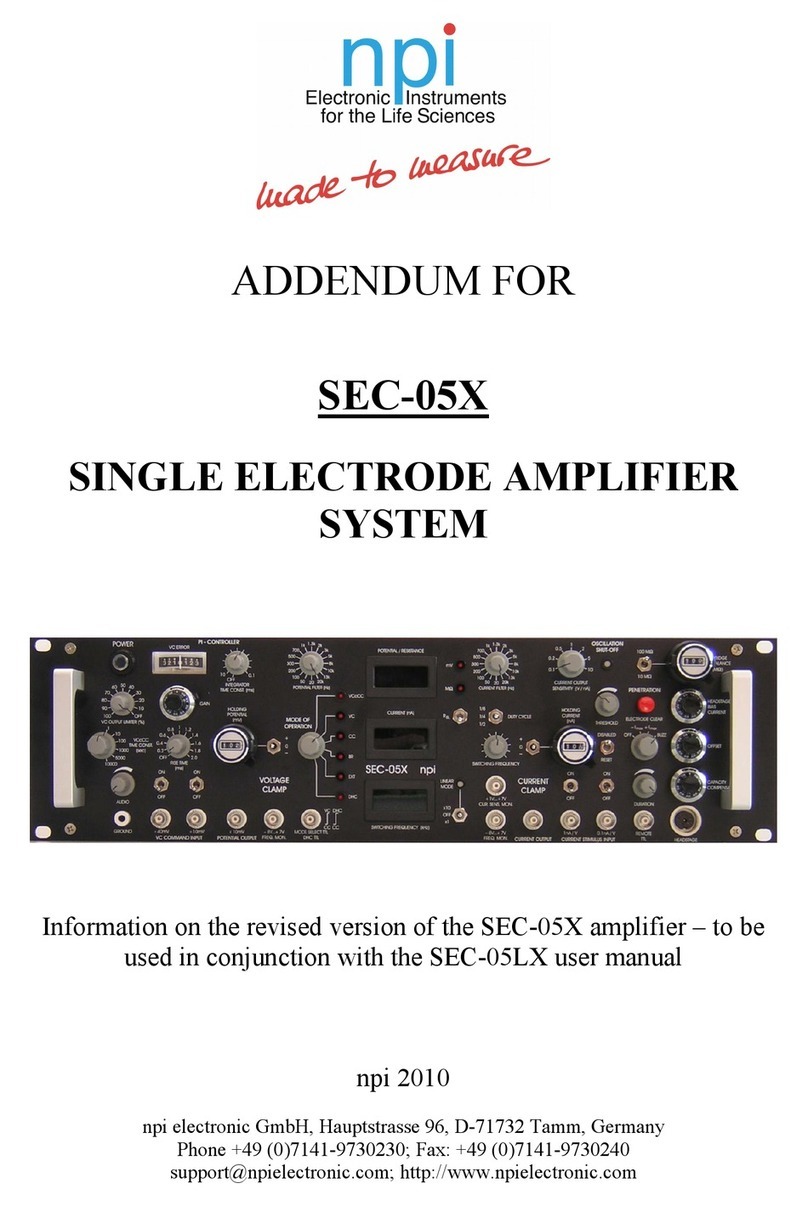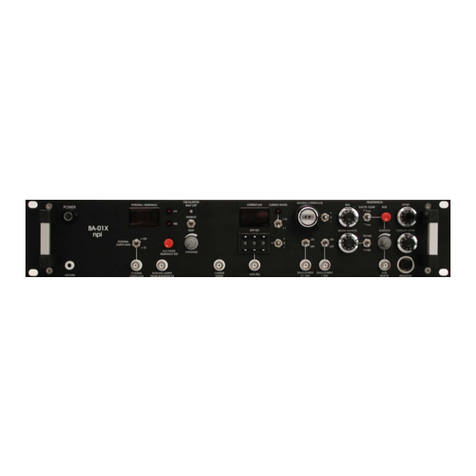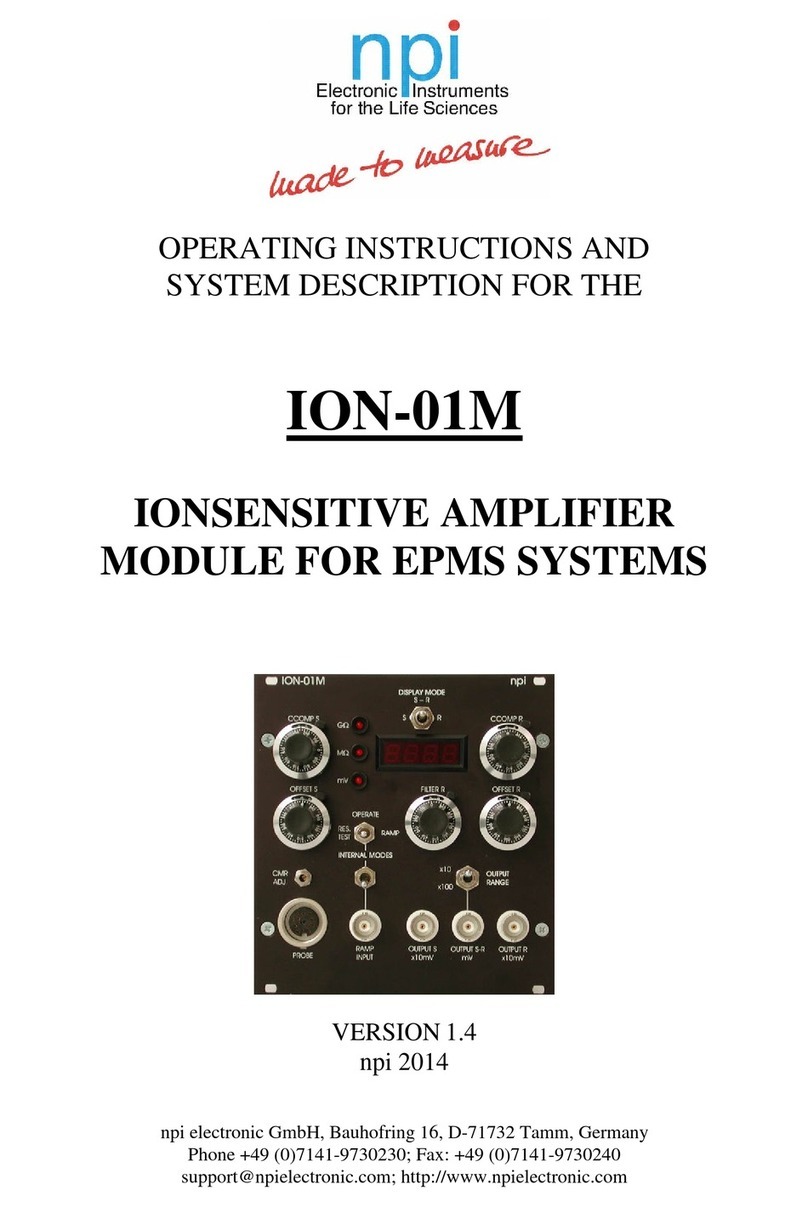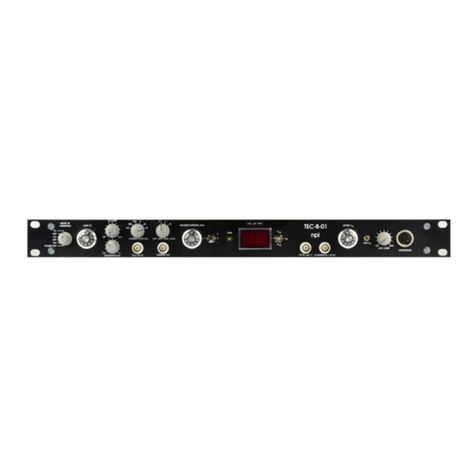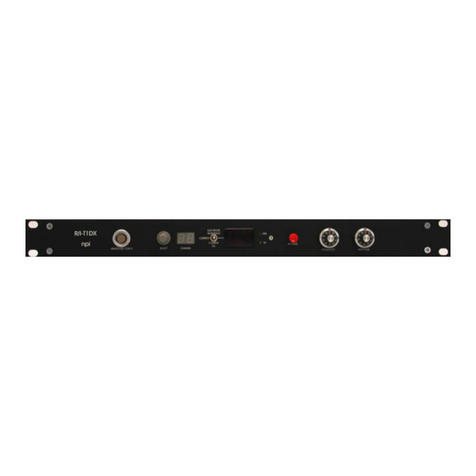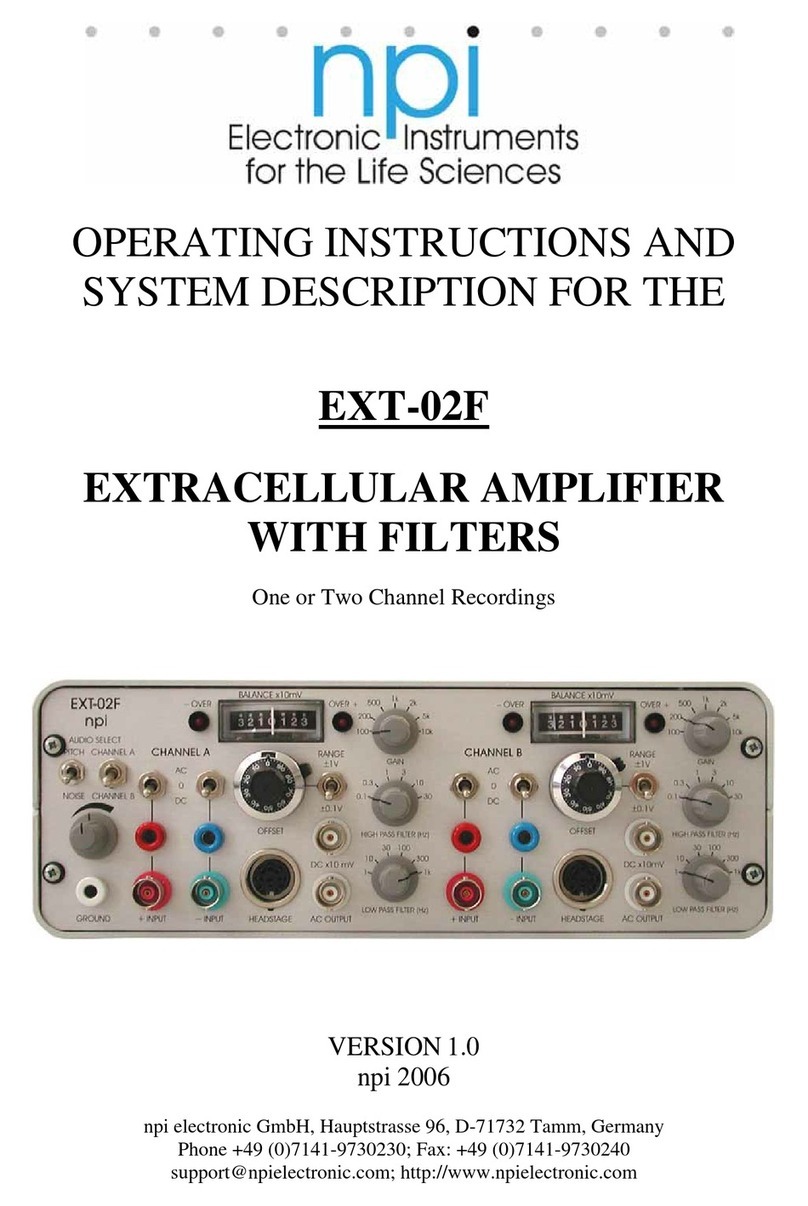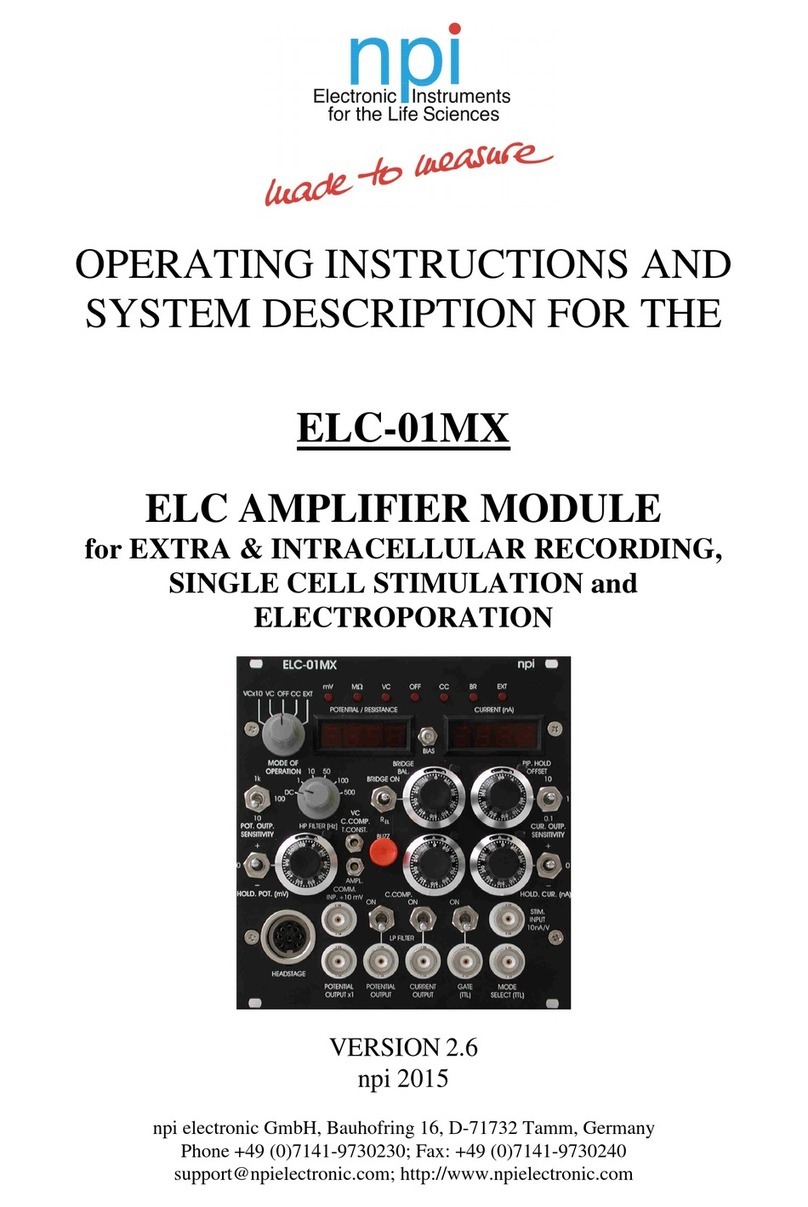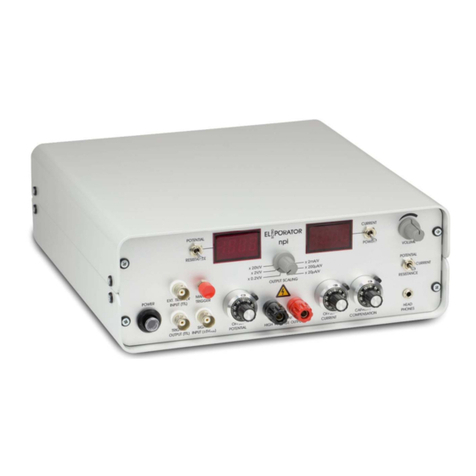
SEC-03M User Manual
________________________________________________________________________________________________________________
___________________________________________________________________________
version 1.8 page 2
Table of Contents
About this Manual ................................................................................................................... 4
1.Safety Regulations .............................................................................................................. 5
2.EPMS-07 Modular Plug-In System .................................................................................... 6
2.1.General System Description / Operation..................................................................... 6
2.2.EPMS-07 Housing....................................................................................................... 6
2.3.EPMS-E-07 Housing ................................................................................................... 6
2.4.PWR-03D .................................................................................................................... 6
2.5.System Grounding ....................................................................................................... 7
EPMS-07 ..................................................................................................................... 7
EPMS-E-07.................................................................................................................. 7
2.6.Technical Data............................................................................................................. 7
EPMS-07 ..................................................................................................................... 7
EPMS-E-07.................................................................................................................. 7
3.Introduction......................................................................................................................... 8
3.1.Why a Single Electrode Clamp?.................................................................................. 8
3.2.Principle of Operation ................................................................................................. 10
Major Advantages of the npi SEC System .................................................................. 12
3.3.Advantages of the Modular SEC-03M System ........................................................... 12
4.SEC-03M System ............................................................................................................... 13
4.1.SEC-03M Components................................................................................................ 13
4.2.Description of the Front Panel..................................................................................... 14
5.Headstages .......................................................................................................................... 19
5.1.Standard and low-noise (SEC-HSP) headstages ......................................................... 19
5.2.Low-noise headstage (SEC-HSP)................................................................................ 21
6.Setting up the SEC-03M System ........................................................................................ 22
7.Passive Cell Model ............................................................................................................. 23
7.1.Cell Model Description ............................................................................................... 23
7.2.Connections and Operation ......................................................................................... 24
7.3.Connections and Operation ......................................................................................... 25
8.Test and Tuning Procedures ............................................................................................... 27
8.1.Headstage Bias Current Adjustment............................................................................ 27
8.2.Electrode Selection...................................................................................................... 28
8.3.Offset Compensation ................................................................................................... 28
8.4.Bridge Balance (in BR mode) ..................................................................................... 29
8.5.Switching Frequency and Capacitance Compensation (in switched modes) .............. 31
Criteria for the selection of the switching frequency .................................................. 31
8.6.Capacity Compensation - Tuning Procedure............................................................... 33
First part: basic setting................................................................................................. 33
Second part: fine tuning............................................................................................... 38
8.7.Testing Operation Modes ............................................................................................ 39
Current Clamp (in BR- or discontinuous CC mode) ................................................... 39
Voltage Clamp............................................................................................................. 39
9.Sample Experiments ........................................................................................................... 41
9.1.Sample Experiment using a Sharp Microelectrode ..................................................... 41
9.2.Sample Experiment using a Suction Electrode............................................................ 44
10.Tuning VC Performance.............................................................................................. 46
General Considerations................................................................................................ 46
Tuning Procedure ........................................................................................................ 47
11.Trouble Shooting ......................................................................................................... 48
12.Appendix ..................................................................................................................... 49
